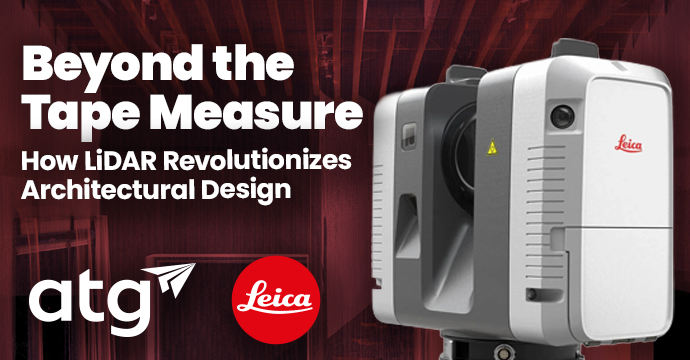Why are laser scanners becoming more popular on job sites?
Remove all the technical jargon and big words, and laser scanners are simply a tool used to take fast, accurate measurements of objects or structures. Room dimensions, ft², window and door size/locations, fixture locations, plumbing locations and even the levelness of the floor can be recorded and interpreted from the laser scan data, which is called a point cloud (Trust me, it’s not as complicated as it sounds).
Laser scanners have been embraced by many architects in recent years to draw reliable as-builts, but laser scanners are not just an architect’s or surveyor’s tool. Many trades such as electricians, plumbers, framers, solar and even General Contractors (in most cases they are extremely reluctance at first) are using laser scanners with great success.
Importance of As-Built Plans
Having reliable site information is crucial to successful design. Before parts are ordered or material is cut, it’s best to validate the clearances, run lengths, and identify existing equipment to save your project from rework down the road. Without reliable site information, you put your entire project at risk of missed deadlines, lengthy rework or going over budget.
How do you get measurements from a new job site without a laser scanner?
You better hope your client has a reliable as-built available, otherwise, you’ll be hand-measuring out on the jobsite with a tape measure, a camera, a laser distance meter, some friends and a notepad. Or you feel more confident hiring a team to make an as-built plan and pay them good money to do it.
What contributes to making an as-built unreliable?
With the traditional process of hand-measuring, an as-built could be unreliable due to ineligible handwriting from notes, misreading the tape measure, recording the wrong objects or even leaving information behind. Did you forget to take a picture of the existing equipment? Are you sure that conduit is 2 inches or was it 1.75 inches? Was there enough space in the closet to install the equipment needed? The best intentions and practices don’t always avoid mistakes. We are human and mistakes do happen.
Guessing sounds irresponsible, so why would you guess?
We know that guessing is asking for disaster, but it still happens. Here are some common excuses used when information has been missed or recorded incorrectly:
- “I’m too busy or don’t have the resources to get back to the site.”
- “Job site is no longer accessible.”
- “I (employee) don’t want to get in trouble.”
- “I (Small upcoming contractor) don’t want to look unprofessional on a bid.”
Whatever the excuse is, guessing on a project puts your company’s reputation and income on the line.
Scanners are expensive, right?
Laser scanners can be a costly investment, however, the return on that investment is worth it. With a laser scanner, you can eliminate the need for more manpower on a jobsite and get the as-built you need faster.
The human element can be what defines a contractors’ reputation, and there is no true substitution for great employees and as a business grows, you’ll need more. But laser scanners can reduce the dependency on employees and manual measuring. If a contractor is already using CAD in their workflow, introducing laser scanners and point clouds is a simple transition and will give a contractor the confidence to bid bigger, reduce design mistakes, material waste, and wasted wages correcting issues from bad data.
Faster turnarounds with less mistakes will bolster a company’s reputation – with a stronger reputation, more bids will be won.




